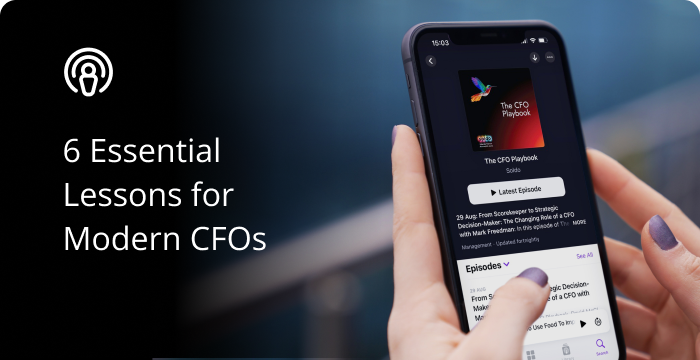In the first part of this two-part post, we explored what spend management is, how to roll out a robust expense policy, and common spend pain points.
This demystified the concept of spend management, explained the importance of controlling spend and identified some of the biggest frustrations around systems incorporating messy spreadsheets, disjointed processes and a lack of visibility.
In part two we look at how leading spend management tools can eliminate many of these issues, streamline processes and be an engine for business growth.
Features of leading spend management platforms
Prepaid and virtual cards
Out-of-pocket expenses become a thing of the past, with employees being issued prepaid or virtual cards.
Prepaid cards can be used on an individual employee basis or assigned at a departmental or team level.
Virtual cards, that can be created in just a few seconds, are helpful for one-off transactions and are more secure due to there not being no risk of them being lost or stolen.
Employee expenses app
Leading providers have their own mobile apps linked to expense cards that enable employees to manage their expenses on the go from anywhere.
The role of finance teams is made easier by employees being automatically prompted to take photos of receipts and categorise transactions.
Integrations with accounting systems
Spend management platforms integrate with leading accounting platforms such as QuickBooks, Xero and Sage.
This allows finance teams to sync the chart of accounts used on their accounting software so that it is recreated on platforms. This makes it easier for employees to categorise their spend, with minimal adjustments needed when reports are imported back into accounting software.
Spend controls
CFOs and managers can set spend controls by only putting funds in place to cover specific and budgeted activities. For example, this could be a daily allowance for travelling employees or allocated funds for client entertaining, in line with company expense policies.
Additionally, other features of expense policies can be integrated, such as banning spend on specific categories, such as gambling.
Why you should consider making the switch
Easier bookkeeping
Leading spend management tools make it simple to keep on top of bookkeeping. Employee spend data is accurate due to automation features pulling in exact values and commonly used suppliers assigned to their most appropriate categories.
This means the time finance teams spend on bookkeeping is drastically reduced because they receive high-integrity data that pulls through seamlessly into core accounting software.
Real-time visibility
Rather than reviewing expenditure trends at month end, CFOs have real-time visibility on how funds are being allocated.
This allows finance leaders to make agile decisions on how to best deploy funds to maximise return on investment.
The real-time data of general spend and expected VAT reclaims provides better visibility of current and future cash flows. Automation of VAT allocations means reclaims are maximised, which helps overcome the issue of 8% of VAT being unclaimed (as cited in the Soldo Spending Playbook) each year due to receipt processing errors.
An enabler of growth
Using spend management platforms to move away from manual and inefficient paper-based processes to automated digital workflows frees up the time of finance teams and gives them the capacity to devote their time to value-adding tasks related to business growth.
This includes the likes of support related to fundraising, data analysis and partnering with different business functions to help companies meet and exceed their targets.
Spend management use cases
Spend management platforms are useful for various reasons, including individual purchases and ongoing general company spend.
One-off purchases
Staff may need to make occasional one-off purchases due to being temporary team members or interns.
This overcomes the need to ask employees to pay out of pocket and the admin burden of getting them to fill in paperwork and seek approvals.
Subscription costs
It’s becoming increasingly common for businesses to subscribe to software (i.e. accounting software, CRM and marketing automation) to help them deliver their services.
However, almost 30% of software spending is wasted on unused or duplicate subscriptions. This is often caused due to employees leaving or different departments subscribing to the same software unknowingly.
Spend management platforms eliminate this issue by allowing CFOs to keep track of subscriptions and cancel those not being used.
Company spending
Using spend management platforms to manage general company spend helps finance teams and general employees streamline processes to save time.
This has particular benefits at month end due to finance not needing to chase for missing receipts to close the books.
Travel expenses
Salespeople should be spending their time selling and not doing admin.
Giving these staff members access to spend management platforms overcomes the need for them to hold on to receipts and provides them with the ability to make funding requests to cover unpredictable costs while they are out of the office.
Funds can be transferred onto cards instantly to enable employees to book their travel expenditure for flights, trains and hotels securely online.
Benefits for finance teams include being able to track all T&E spend instantly and set budgets to maintain control.
Switch to a spend management platform today to benefit from streamlined processes and accelerate your business’s growth
If our introduction to spend management has piqued your interest, deepen your knowledge with our Everything You Need To Know About Spend Management ebook, and if you’re ready to make the switch learn more about Soldo’s features here.









